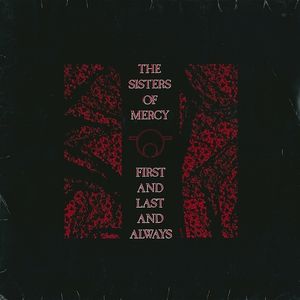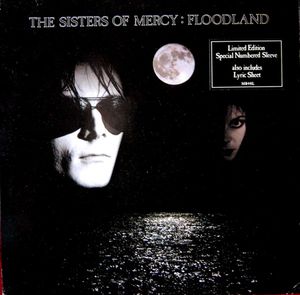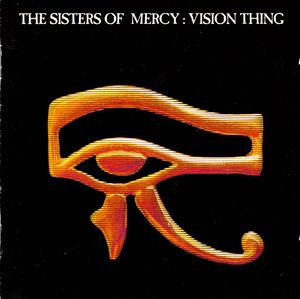

The Sisters of Mercy
Follow Your Favorite Band Today!
Top The Sisters of Mercy Community Posts
Story of The Sisters of Mercy
The Sisters of Mercy: A Gothic Rock Legacy
Hailing from the vibrant music scene of Leeds, England, The Sisters of Mercy emerged in 1980. Their unique blend of gothic rock, infused with elements of post-punk and darkwave, quickly gained them a devoted following in the underground music scene. The band achieved mainstream success in the mid-1980s, releasing a string of acclaimed albums that cemented their place as pioneers of the gothic rock genre.
The Sisters of Mercy's three original studio albums - "First and Last and Always" (1985), "Floodland" (1987), and "Vision Thing" (1990) - each showcased a distinct musical evolution, yet remained unified by the constant presence of the band's visionary frontman, Andrew Eldritch, and the driving force of the Doktor Avalanche drum machine.
Their journey, however, was marked by internal conflict and a tumultuous relationship with their label, WEA. The band's frustration with the label's handling of their career culminated in a public protest in the early 1990s, when they refused to release new material. This led to a period of artistic stagnation, during which WEA released the album "Go Figure" under the name SSV, without the Sisters' involvement.
Despite being released from their contract with WEA, The Sisters of Mercy have remained independent, choosing not to sign with another label or release new studio albums. However, they have continued to tour extensively, captivating audiences with their dark and captivating live performances, often showcasing new, unreleased material.
The band's influence on the goth and alternative music scenes is undeniable. Their legacy is further cemented by the successful careers of former members, who went on to form iconic bands like Ghost Dance and The Mission. The Sisters of Mercy's story remains a testament to their enduring musical vision and their unwavering commitment to artistic integrity.
Bands you may like
More Hard Rock Bands
Explore Hard RockDiscover more bands in the Hard Rock genre and explore the diverse sounds that define this musical style.
Browse All Hard Rock BandsMore Bands from United Kingdom
Explore United KingdomDiscover the rich musical heritage of United Kingdom and explore bands that represent the country's unique sound and culture.
Browse All United Kingdom Bands


